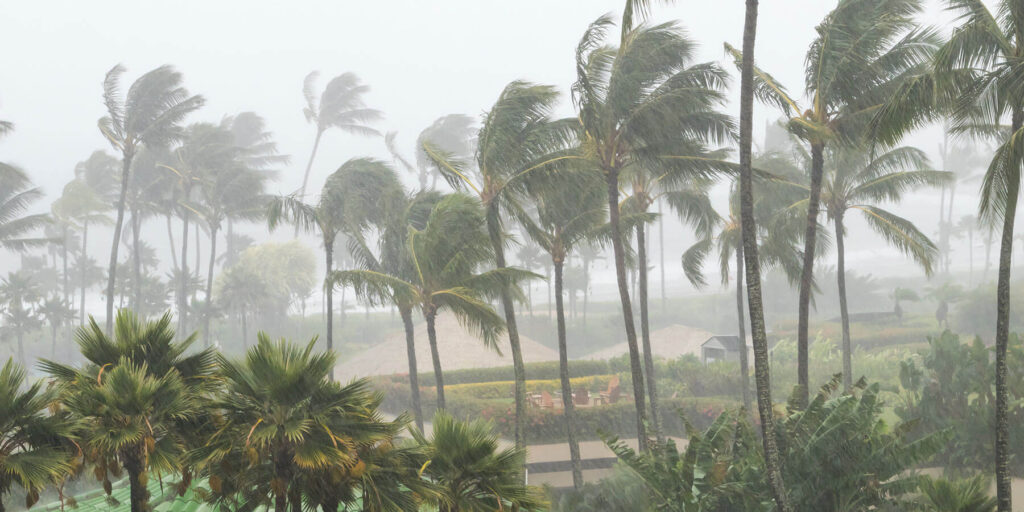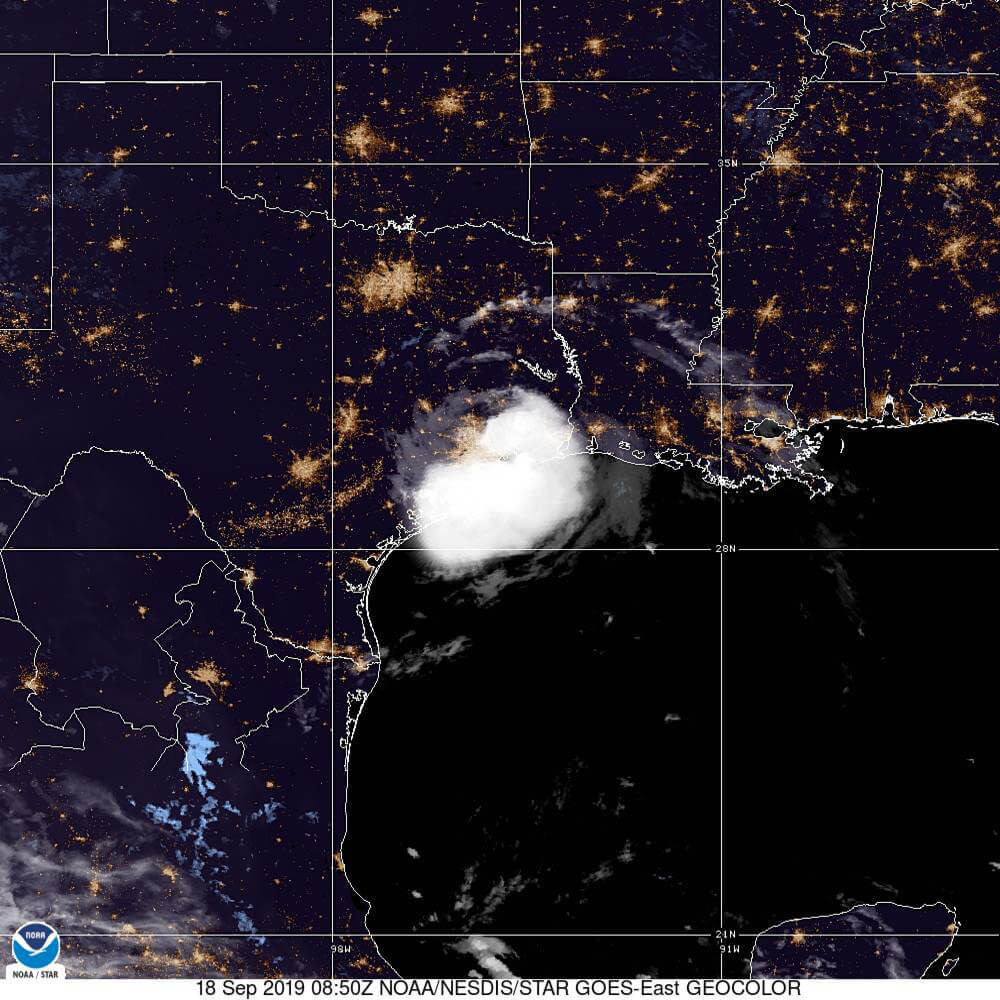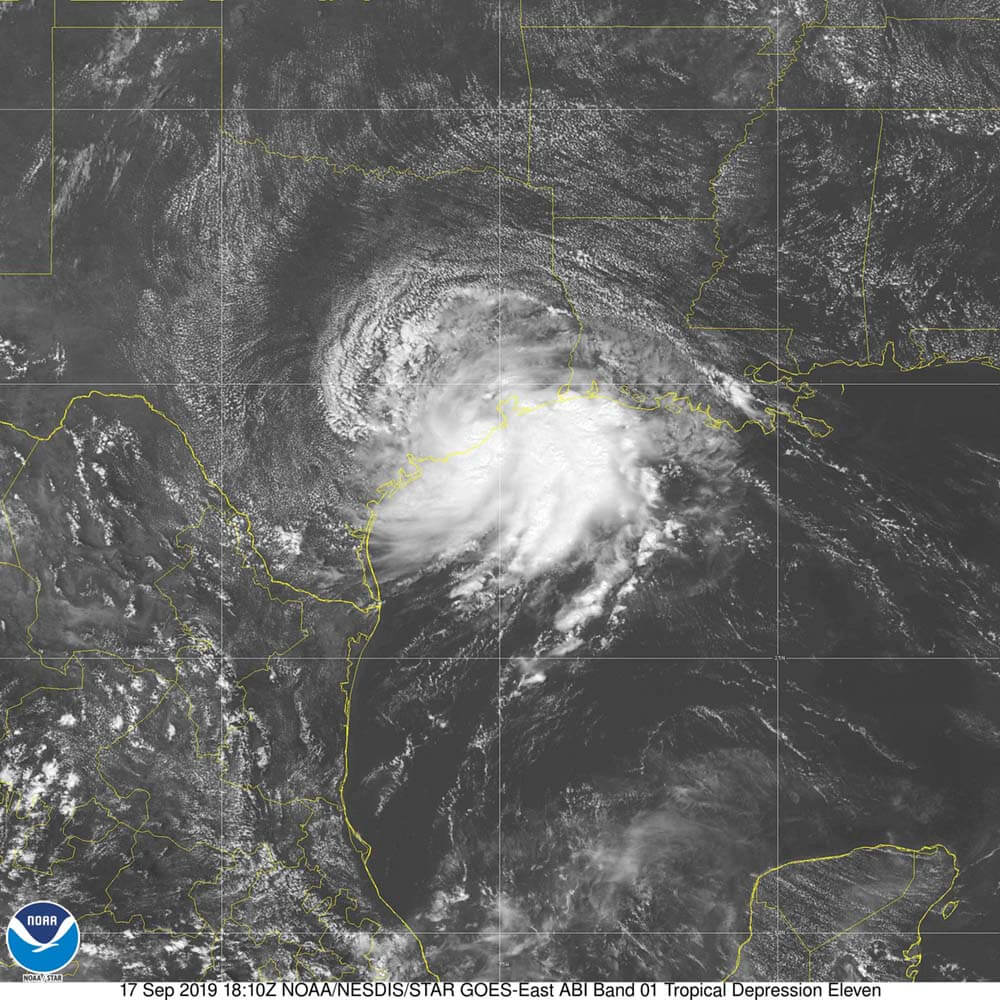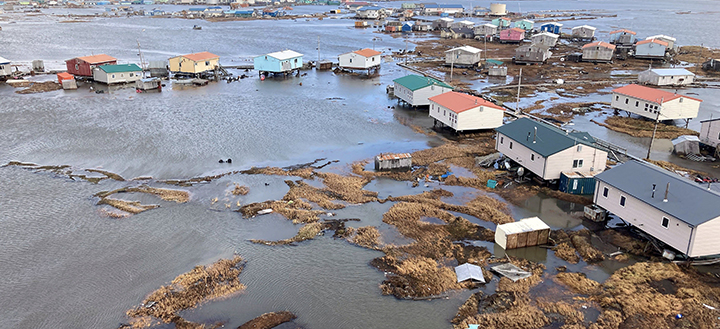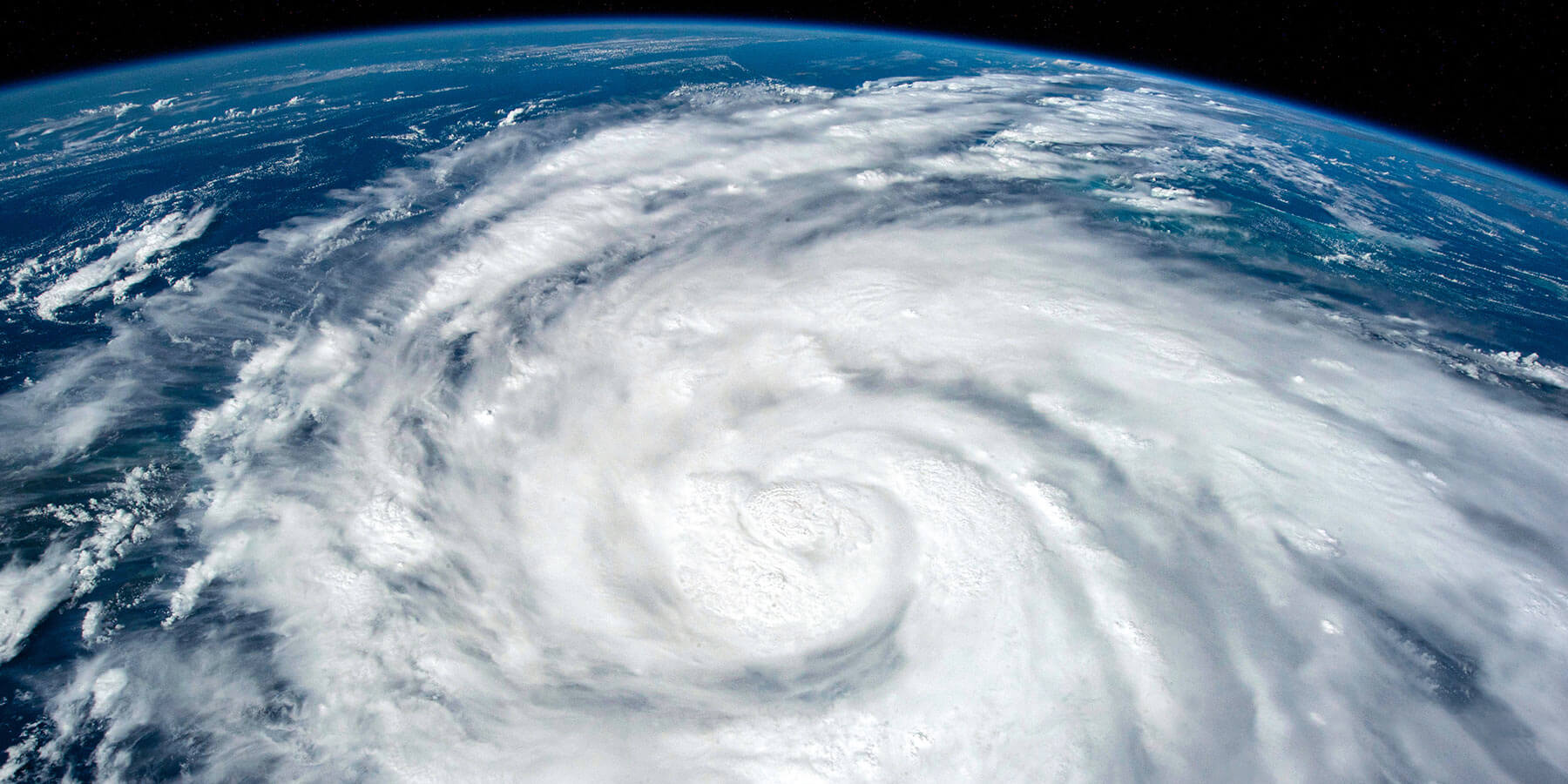Imelda is the ninth name on the 2025 Atlantic hurricane season list. The name, which has been associated with intense rainfall in the past, reminds us that strength isn’t always defined by wind.
This year, Imelda formed into a Tropical Storm and then intensified into Hurricane Imelda, becoming the ninth named storm of the season.
Below, we’ll delve into the storm’s past impact, the insights it offers, and how it informs future preparedness strategies.
The History of Tropical Storm Imelda

Imelda began as a mid- to upper-level low-pressure system on the Gulf Coast, intensified by warm waters and low wind shear. On September 17, 2019, the system strengthened quickly into a tropical depression before becoming Tropical Storm Imelda just southwest of Freeport, Texas.
By the same afternoon, it had made landfall along the Texas Gulf Coast at peak intensity with sustained winds of 46 mph (40 knots) and a minimum central pressure of 1003 mb.
Within hours of landfall, Imelda weakened into a tropical depression, though its remnants persisted for days, producing devastating rainfall and historic flooding across portions of Texas and into Louisiana and Oklahoma.
2019 Tropical Storm Imelda’s Meteorological Impact
Rainfall and Flooding
Imelda brought historic rainfall that disrupted multiple counties. With totals exceeding 40 inches in certain areas, the storm brought severe flooding to the Houston metro area and surrounding regions.
Highways such as I-10 became submerged for days, and over 5,100 homes in Jefferson County alone experienced inundation. Damage estimates peaked at nearly $5 billion for this 2019 storm.
Tornado Activity
While Tropical Storm Imelda is remembered primarily for its catastrophic flooding, the storm also spawned isolated tornadoes across southeast Texas and southwestern Louisiana.
On September 18, 2019, an EF-1 tornado touched down in Harris County, Texas, during the height of Imelda’s landfall impact. With peak winds estimated at 100 mph, the tornado damaged rooftops, snapped large trees, and tossed debris across residential areas before lifting. Structural damage to homes and businesses was reported, though no fatalities occurred.
The following day, an EF-0 tornado struck near Hackberry in Cameron Parish, Louisiana. With winds of up to 75 mph, the tornado flipped a recreational vehicle, tore branches from trees, and disrupted power lines.
Though only two tornadoes were officially confirmed during Imelda, they reflect a pattern often seen with slow-moving tropical systems. These storms generate spin in their outer rainbands where wind shear and instability can briefly align.
Storm Surge Contribution
While minor compared to Imelda’s rainfall impacts, storm surges of up to 2.35 feet were recorded near Galveston Bay. Combined with freshwater runoff, these elevated water levels exacerbated coastal flooding in some areas.
Imelda Still Appears on Named Storms Lists
In the wake of a devastating storm, it’s common for the World Meteorological Organization (WMO) to retire the storm’s name, especially when it results in significant loss of life, economic impact, or cultural trauma. This practice helps avoid confusion in future seasons and honors the communities affected.
However, despite causing nearly $5 billion in damage, Imelda was not retired after the 2019 Atlantic hurricane season. This decision surprised many experts and observers, given that the storm produced over 40 inches of rain, widespread catastrophic flooding, and multiple fatalities across southeastern Texas.
As a result, Imelda remains the second-costliest Atlantic tropical cyclone on record whose name was not retired, following only Hurricane Juan (1985) in that category.
Preparing for 2025’s Tropical Storm Imelda and Hurricane Imelda
Common recommendations, such as building an emergency kit and securing your property, are important, but there are additional precautions individuals can take for an extra layer of preparedness for storms like Imelda.
Backup Power Sources for Communication
Tropical storms often result in prolonged power outages. Equip yourself with a backup generator, additional batteries, or solar-powered tools to maintain communications during severe conditions.
Keep Vehicle Safety Top of Mind
Park vehicles on elevated ground if flash flooding is anticipated and keep at least half a tank of fuel in case evacuation orders are issued.
Flood Awareness and Elevation Data
Understand whether your region is susceptible to flooding by reviewing elevation maps and nearby waterbody data. For properties within low-lying areas, invest in flood barriers and keep sandbags readily available during the season.
Evacuation Alternatives
While evacuation is often the recommended course, make sure you have an alternative plan if travel becomes difficult. Identify a secure location within your home to shelter in place when flooding or inundation creates hazardous road conditions.
Lessons for Future Preparedness
Imelda’s rapid development is an example of how conditions can rapidly change, leaving limited time to prepare.
Some challenges from 2019’s Imelda included:
- Late Warnings: The tropical storm warning for Imelda was issued just 45 minutes before landfall, demonstrating the unpredictability of tropical systems and the need for timely, effective warnings.
- Infrastructure Vulnerabilities: Flooding revealed significant weaknesses in drainage systems and roadways across southeastern Texas.
Organizations must focus on readiness before hurricane season to prepare for more storms similar to Tropical Storm Imelda or potential Hurricane Imelda.
For a deeper exploration into storm preparedness techniques, read through our article Interesting Facts About Tropical Storms.
Frequently Asked Questions About Imelda
How much rainfall was caused by Tropical Storm Imelda in 2019?
2019 Tropical Storm Imelda’s peak recorded rainfall was 44.29 inches, with significant flooding occurring across southeastern Texas.
When did Tropical Storm Imelda hit?
The only Tropical Storm named Imelda that made landfall in the United States was the 2019 storm. It first made landfall on September 17, 2019, near Freeport, Texas.
Why is Imelda considered unique among tropical storms?
The 2019 iteration of Imelda developed rapidly and produced record-breaking rainfall despite its relatively short lifespan and weak wind speeds.
Can storms like Imelda develop with little warning?
Yes, as evidenced by 2019 Imelda, tropical storms forming near the coastline can intensify and make landfall within limited timeframes, making rapid forecasting crucial.
Can a tropical storm cause severe damage?
Yes, particularly if the storm moves slowly and brings excessive rainfall, as was the case with Imelda.
What was the path of Imelda after landfall?
After landfall, 2019 Imelda stagnated over eastern Texas, pouring heavy rainfall and moving northward before dissipating over Oklahoma.
